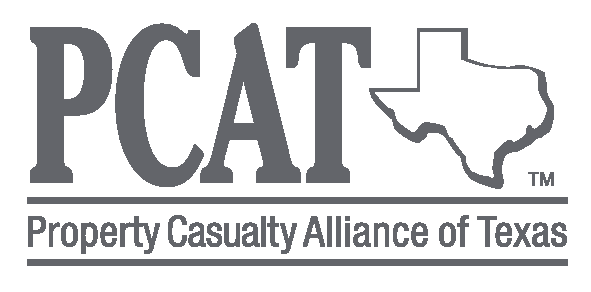Navigating Spring’s Big 3 Severe Weather Hazards: Floods, Hail and Tornadoes
As spring ushers in warmer weather, it also brings the potential for severe weather events that can impact school communities. Understanding and preparing for floods, hailstorms, and tornadoes are crucial responsibilities for school administrators. Let’s explore practical tips to safeguard your school community from these hazards.
Understanding Floods
Floods are the most common natural hazard in the United States, affecting over 21,000 local jurisdictions and accounting for more than 70% of Presidential disaster declarations. They can occur due to heavy rain, severe storms, coastal events like storm surges, snowmelt, tsunamis, hurricanes, tropical cyclones, or dam failure. Flash floods, in particular, can be dangerous, sudden, and violent, developing within minutes and even occurring in areas with no rainfall. The National Weather Service issues various flood-related statements, including Flash Flood Warnings, Flood Warnings, and Flood Advisories, urging action, and Flash Flood Watches and Flood Watches, advising preparation. Schools situated near rivers, lakes, or low-lying areas are particularly vulnerable. To mitigate flood risks:
Clear drainage systems to ensure proper water flow away from school buildings.
Establish clear evacuation routes and conduct drills to familiarize students and staff.
Educate the school community on flood safety protocols, emphasizing the dangers of walking or driving through floodwaters.
Dealing with Hailstorms
Hailstorms can cause significant damage to school buildings, vehicles, and outdoor facilities, posing safety risks to students and staff. Consider these measures to minimize the impact of hailstorms:
Invest in hail-resistant roofing materials and hail protective guards for HVAC equipment.
Develop safety protocols for sheltering indoors during hailstorms, identifying designated safe areas within the school building.
Educate students and staff on hailstorm safety and evacuation procedures.
Preparing for Tornadoes
Tornadoes are powerful and unpredictable weather phenomena that require robust preparedness plans:
Identify designated safe zones within the school building or nearby storm shelters.
Conduct regular tornado drills to ensure that everyone knows how to respond quickly and effectively.
Maintain open communication with parents and the broader school community about tornado preparedness measures.
In the event of a tornado warning coinciding with dismissal time, staff may want to hold students inside the building and delay bus service until the weather situation has improved. Safety should always be the top priority, and taking precautions to protect students and staff during severe weather events is essential.
By understanding the risks and implementing proactive measures, school administrators can help protect their communities from the impacts of floods, hailstorms, and tornadoes. Stay informed, stay prepared, and prioritize the safety and well-being of your students and staff.
For more ways to keep your school safe, contact INSURICA today.
